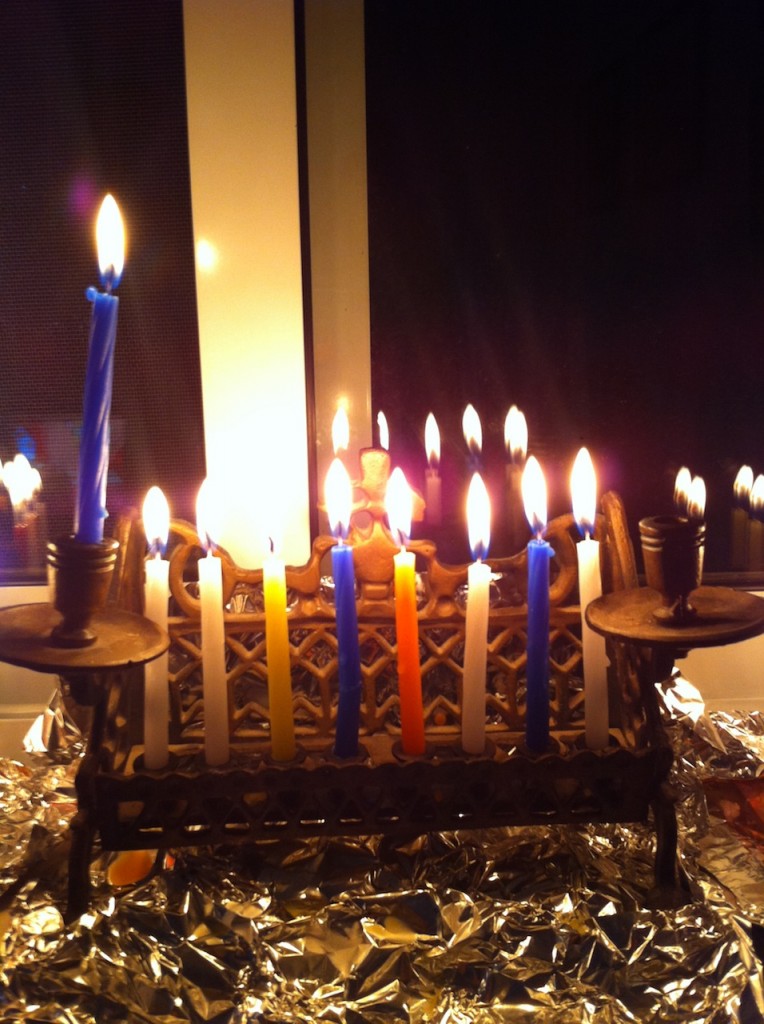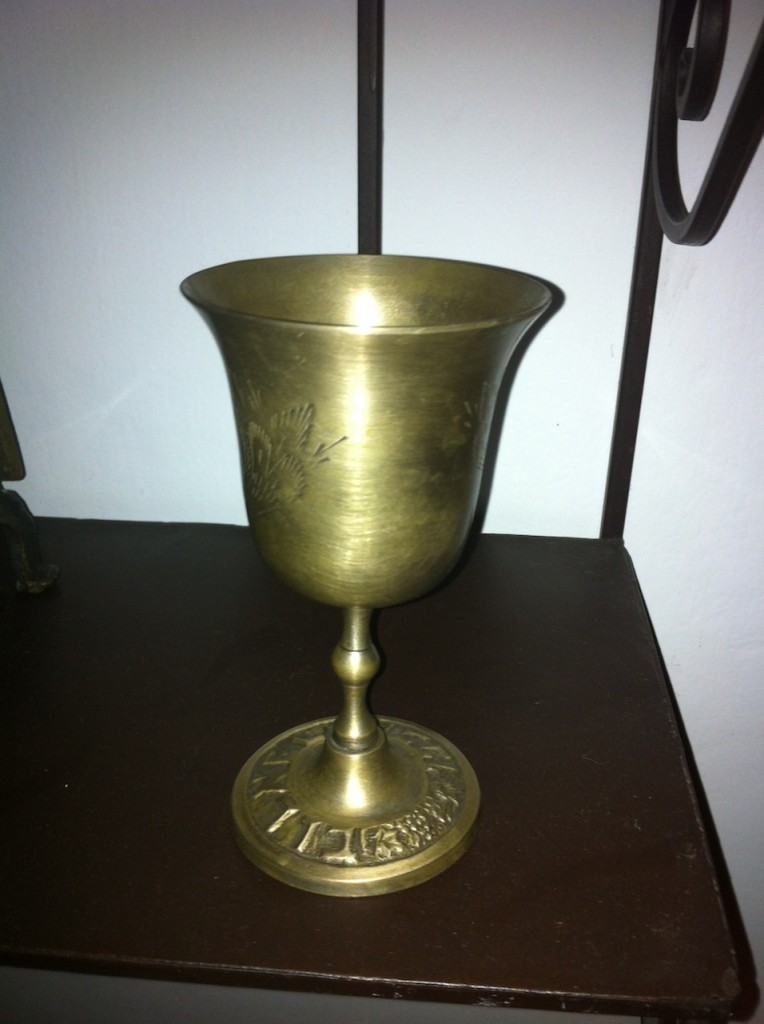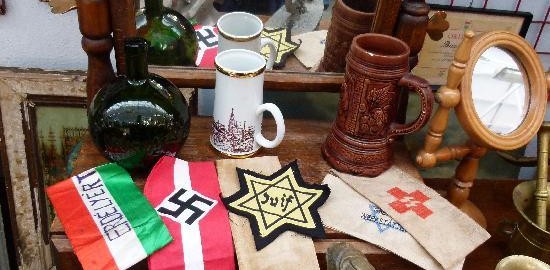Today was Yom HaShoa (Holocaust Remembrance Day) in Israel. While there are many ways to commemorate the Holocaust, and those family members we lost, I wanted to bring to people’s attention a very interesting attempt at remembering those who were lost.

We know the Nazis stole an incredible amount of artwork from Jewish families during the Holocaust, from valuable paintings, to even Judaica. While the Nazis were known to steal expensive Judaica such as gold menorahs or silver candlesticks, what happened to the everyday ritual items that most Jewish families used? Certainly the Nazis didn’t bother to collect cheap Judaica and send it by train somewhere – so where did it go?

Some of the Judaica might have been taken with Jews when being sent by trains to death camps, some may have been sold cheaply in an attempt to raise some money before fleeing, but most of it was likely left behind in their homes. What happened to the Judaica left behind? Either it was looted following the mass deportations, or the people who moved into the homes left behind by the Jews just took it when they moved in. Maybe they sold it, maybe they stuck it in a box and stuck it in the attic, maybe they just threw it in the garbage. No one knows exactly what happened to all of that Judaica, but we do know that there are likely millions of such ritual objects from candlesticks to menorahs to spice boxes to seder plates that once existed and many of them may still exist.
Which brings me to Bill Frankel. On a trip to to Budapest, he stopped by the very large Esceri flea market in that city. While wandering around looking at the various wares for sale, he started noticing things like kiddush cups, menorahs, Torah yads, spice boxes, etc. Hundreds of them. When he would show interest in a Jewish piece, the dealers would inevitably pull ut a box from under their table with more Jewish objects. The supply was endless.

On the trip Bill Frankel bought several objects, but determined that more of these Jewish ritual objects needed to ‘come home’. Moreover, he didn’t want these objects to end up in museums or on display somewhere in some exhibit – he wanted them to be used again by Jewish families. With this idea he founded Bring It Home, a charity with exactly that goal.
Bring It Home was founded to facilitate finding these items, purchasing or otherwise acquiring Jewish ritual objects in Europe, distributing them to new Jewish homes, and creating an educational experience for those who get involved in the process.
Bring It Home is brand new, and are still putting together their marketing materials, organizing their first buying trip, etc., and need funds to get off the ground. To that end, the charity has started a fundraising campaign through crowdfunding site indiegogo. They’re looking to raise $10,000, and they have two weeks left in the campaign. To see the current status, go to the campaign website, or check the widget below (and then go to the web site).
There are many ways to memorialize those killed in the Holocaust, but I think this is one of the more interesting and personal ways that one can commemorate those killed – by facilitating the return of these lost ritual objects, and putting them back into use by Jewish families worldwide.






